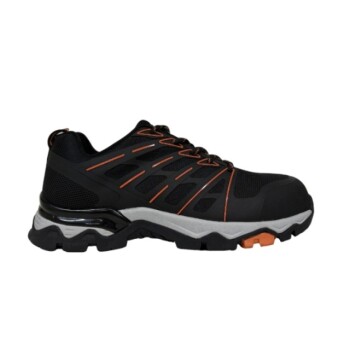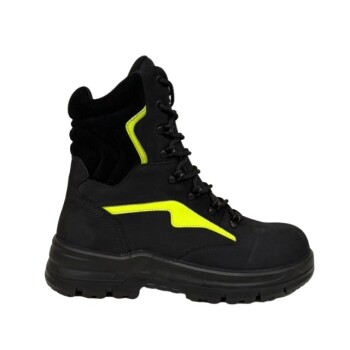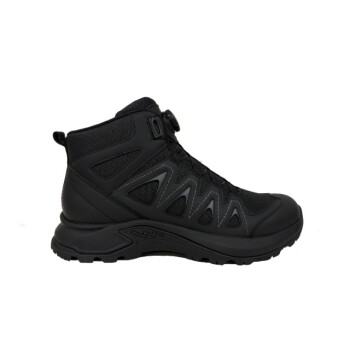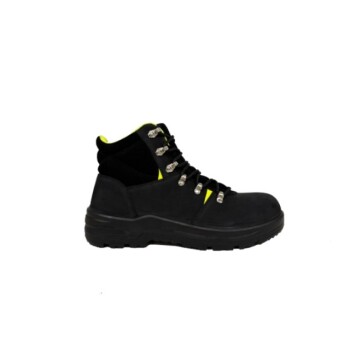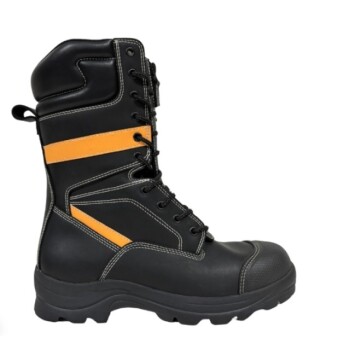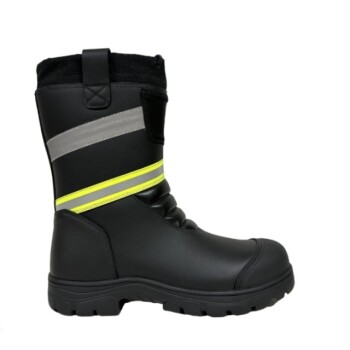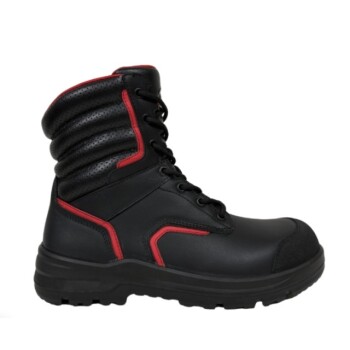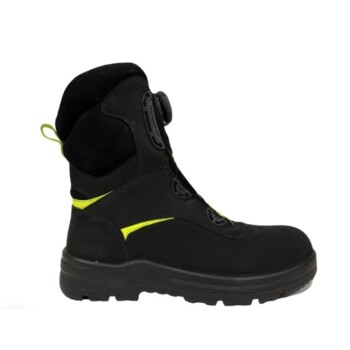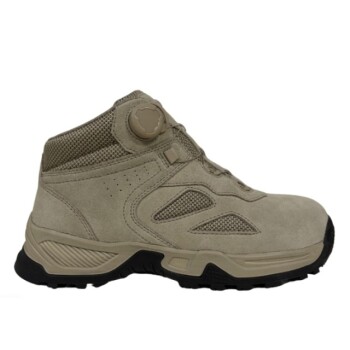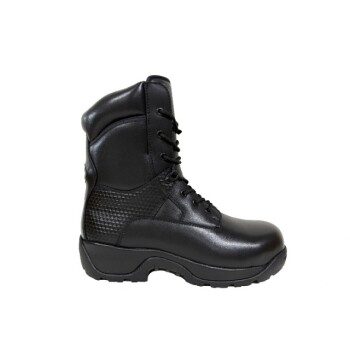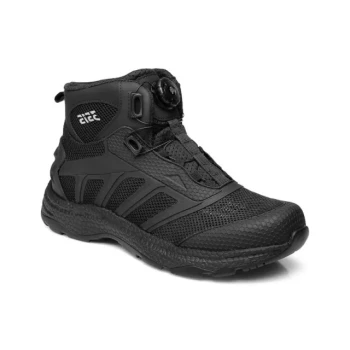The simple answer is that band-aids serve as a proactive barrier, significantly reducing the friction between your skin and the stiff material of new boots. By applying them to known pressure points before you even start walking, you can prevent the rubbing that leads directly to painful blisters.
While a band-aid is an excellent tool for targeting specific hot spots, true success in breaking in new boots comes from a broader strategy that addresses fit, friction, and gradual adaptation.
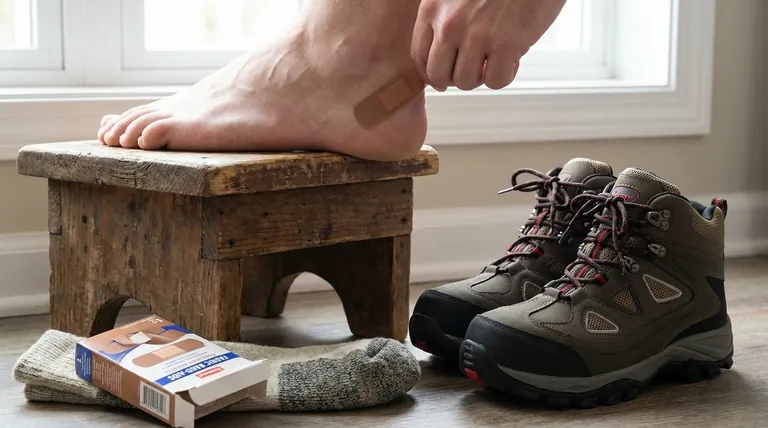
The Core Problem: Friction and Blisters
Before deploying a solution, it's critical to understand the problem. The pain of new boots is almost always caused by concentrated friction.
Why New Boots Cause Friction
New boots, especially those made of leather or durable synthetic materials, are rigid. They haven't yet conformed to the unique shape of your foot.
This rigidity creates high-pressure zones where the material constantly rubs against your skin as you walk, particularly around the heel, ankle, and toes.
How a Blister Forms
A blister is your body's defense mechanism. When a layer of skin is subjected to this repeated rubbing, it separates from the layers beneath it, and the resulting space fills with fluid to cushion the damaged tissue.
Using Band-Aids as a Proactive Tool
The most effective way to use a band-aid is not as a treatment for a blister, but as a tool to prevent one from ever forming.
Identify High-Friction Zones
Before a long walk, wear your new boots around the house for an hour. Pay close attention to any areas that feel warm or show slight redness. These are your future hot spots.
Apply Before You Wear
Clean and dry the potential hot spot. Apply a band-aid directly over the area. This creates a protective shield that takes the brunt of the rubbing.
Choose the Right Type
Fabric band-aids are superior for this task. Their texture provides better adhesion and they are less likely to slip or bunch up due to sweat and movement compared to plastic varieties.
Beyond Band-Aids: A Complete Break-In Strategy
Relying solely on band-aids is a limited approach. A comprehensive strategy addresses the entire system of your foot, sock, and boot.
The Critical Role of Socks
The right sock is your first line of defense. Choose moisture-wicking socks (like those made of merino wool or synthetics) over cotton.
Wet skin is much more susceptible to friction damage. Wicking socks pull sweat away from your skin, keeping it drier and drastically reducing friction.
The Gradual Wear Method
Never take brand-new boots on a long-distance trek. The goal is to soften the boot material slowly and allow it to mold to your foot.
Start by wearing your boots for just one to two hours at a time around your house or for short errands. Gradually increase the duration over several days.
Master Your Lacing
Your lacing technique is key to minimizing foot movement inside the boot. A snug fit reduces the heel slippage that is a primary cause of blisters.
Adjust the lacing to ensure your foot is secure and comfortable, without cutting off circulation.
Understanding the Limitations
While helpful, band-aids are not a perfect solution and it's important to recognize their limitations.
A Spot Treatment, Not a Cure
Band-aids only protect the small area they cover. They cannot fix a boot that is fundamentally the wrong size or shape for your foot.
The Risk of Slippage
Even the best band-aids can come loose with excessive sweat and movement, leaving your skin vulnerable when you might need protection the most.
Masking a Deeper Problem
If you find you need to apply multiple band-aids every time you wear your boots, it is a clear signal that the boots are a poor fit.
Making the Right Choice for Your Goal
- If your primary focus is preventing a specific hot spot: Proactively apply a durable fabric band-aid to that exact area before you put your boots on.
- If your primary focus is a comfortable long-term fit: Implement a gradual wear-in schedule and always pair your boots with high-quality, moisture-wicking socks.
- If your primary focus is eliminating heel slip: Re-evaluate your lacing technique to lock your heel in place, which is the root cause of most blisters.
A strategic approach turns the painful break-in period into a predictable process of customizing your boots to your feet.
Summary Table:
| Method | Purpose | Key Benefit |
|---|---|---|
| Proactive Band-Aid Use | Create a protective shield on hot spots | Prevents blisters before they start |
| Moisture-Wicking Socks | Keep feet dry and reduce friction | Decreases overall blister risk |
| Gradual Wear-In | Soften boot material slowly | Allows boots to mold comfortably to your feet |
| Strategic Lacing | Minimize heel and foot movement | Addresses the root cause of friction |
Need to Equip Your Team with Comfortable, Durable Footwear?
As a large-scale manufacturer, 3515 produces a comprehensive range of high-quality work boots and footwear designed for comfort and durability right out of the box. We understand the importance of a proper fit for distributors, brand owners, and bulk clients.
Let us help you provide superior footwear that minimizes break-in time and maximizes comfort.
Contact our team today to discuss your bulk footwear needs and discover how our production capabilities can benefit your business.
Visual Guide
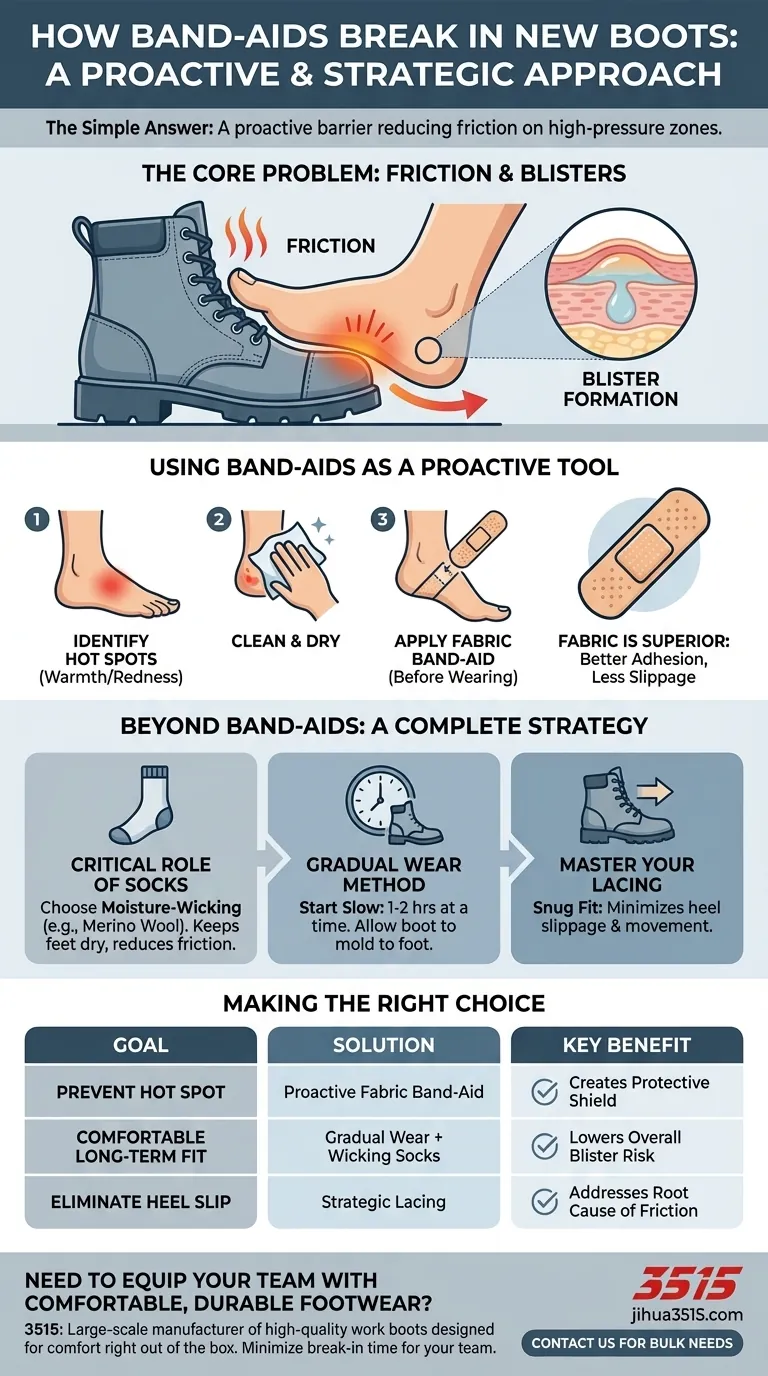
Related Products
- Safety Footwear Wholesale Manufacturer for Custom OEM/ODM Production
- Premium KPU Injection Athletic Style Safety Shoes
- Premium Waterproof Nubuck Safety Boots for Wholesale
- Durable Steel Toe Safety Boots Wholesale & Custom Manufacturing
- Premium Wholesale Tactical Style Safety Shoes Boots with Quick Lacing
People Also Ask
- What cultural and environmental considerations are tied to wearing shoes indoors? Balance Hygiene, Tradition, and Foot Health
- How do safety shoes contribute to cost savings for companies? A Strategic Investment in Risk and Cost Management
- What do heavy duty boots do? Protect Your Feet in Demanding Work Environments
- Is safety-toe as good as steel toe? Choose the Right Protection for Your Job
- Is it normal to wear shoes in the house? A Guide to Hygiene, Comfort & Culture

